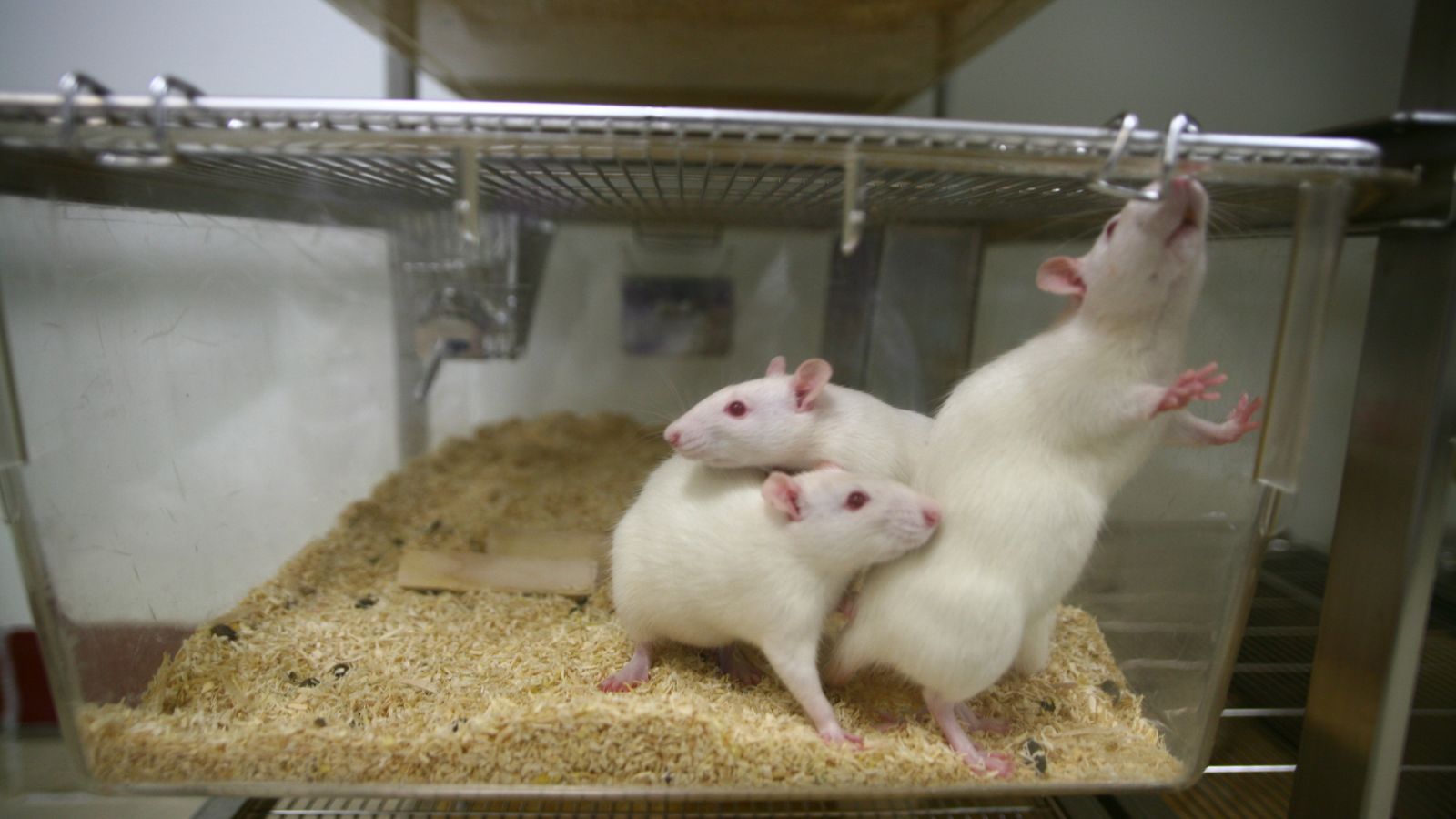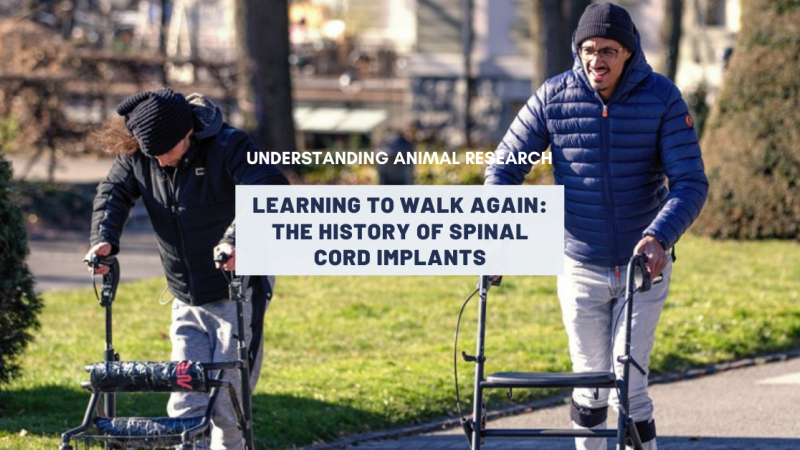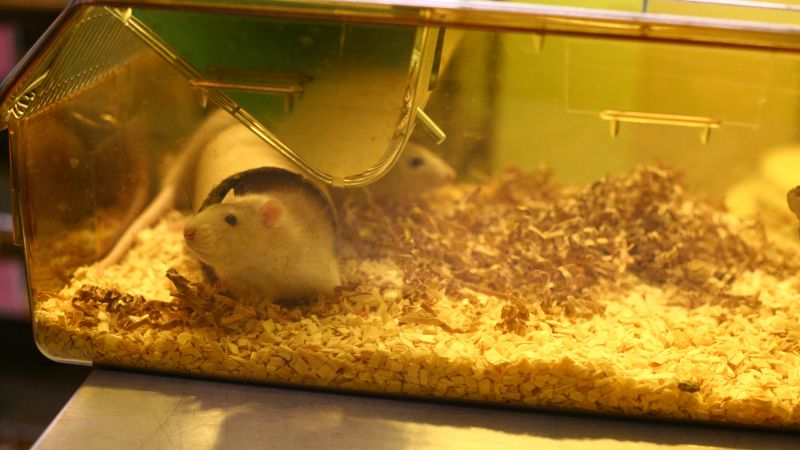 Artificial ‘scaffolding' has been used to bridge spinal cord injuries in rats. Rats treated with the technique recovered movement in their hind legs. It is hoped the technique could be used to treat patients with paraplegia.
Artificial ‘scaffolding' has been used to bridge spinal cord injuries in rats. Rats treated with the technique recovered movement in their hind legs. It is hoped the technique could be used to treat patients with paraplegia.
Scar tissue and fluid filled cysts form at the site of spinal cord injury and interfere with the healing process. But the newly developed biodegradable scaffolding provides tiny channels so that nerve tissue can bypass this region.
The hollow fibres are made from biodegradable plastic half a millimetre in diameter. The scaffolding is coated with molecules that help cells to secure themselves along the tube. It is then then filled with a gel that stimulates nerve repair and growth.
Researchers placed the tubes in regions of spinal cord damage in rats. After six months they found nerve fibres had grown through the channels, along with supporting cells needed for nerves to survive.
Rats treated with the artificial fibres recovered some movement in their hind legs. Those that weren't treated remained paralysed.
It is unclear whether the nerve fibres growing through the tubes were connecting up with the spinal cord on the other side. It is important that this occurs if spinal injury is to be fully treated.
Read more about animal research and spinal injury here.
Last edited: 29 July 2022 10:26




